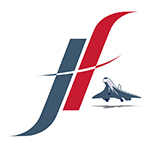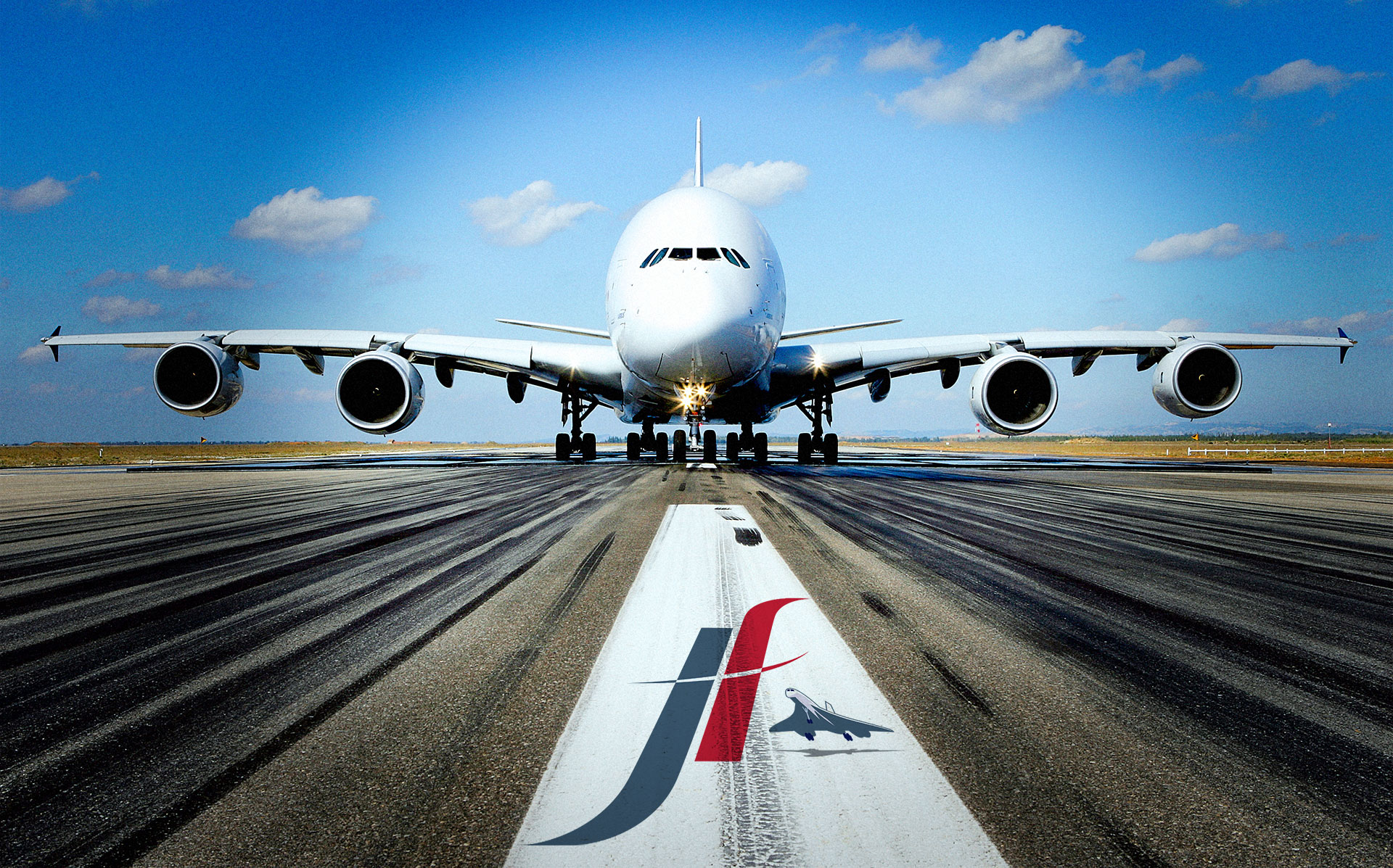We all make mistakes. Your recovery from them is what counts
This is the third article in a planned occasional series, sharing the most memorable and treasured experiences, not only from my own career : We plan to feature other, highly esteemed pilot friends and colleagues, who are only too willing to share their collective aviation experience.
Here, my great friend and colleague Captain Gary Gould, retired from active flying on A380s in 2015. This followed an illustrious career that began in 1969, shares the VERY SAME LESSON I LEARNED and SHARED, but in a DIFFERENT CONTEXT. *
(* See : The best advice I was ever offered : by the best pilot I ever flew with)
The crucial lessons that we learned along the way are just as valid today. They contribute, in no small way, to that intangible but essential quality known in aviation as ‘airmanship’. Here are Gary’s tales : tall and true.
“We all make mistakes. Your recovery from them is what counts
“Having spent most of my flying hours in high capacity heavy jet aircraft it is sometimes amusing to look back at things that have enriched one’s flying experience. There are many.
One that quickly comes to mind is when I checked out as a F/O on the 747 Classic. It was 1985 and my company had a consolidation policy that required four sectors within 28 days for newly checked-out pilots. Like all bureaucracies those rules sometimes slipped through the cracks.”
After 52 days, with no consolidation flying and only one complete licence renewal in a simulator, the scheduling panic button was finally pressed, and I was sent out on a multi-sector trip with the most senior Captain in the Company. Luckily for me, a man with a sense of humour. The trip went well and my landings, thankfully, did not reflect my lack of experience.
So, I found myself at ‘O’Dark:30′ flying a left base leg for a visual approach onto runway 03 in Perth WA, having done the night flight down from Singapore. No ILS on 03 in those days. A dark, cold and beautiful morning in Perth. Flying east I identified the ‘runway’ lights and continued on the current track thinking that things looked pretty good. Airspeed, altitude and configuration all good. No FMC’s in those days. Descents/speeds/crossing heights were all done by mental calculation. Flying and calculating, a novel idea these days.
After a while the Captain asked if I had the airport in sight. “Yes, but I can’t see the T-VASIS” was my answer. A few seconds later, the Captain again asked if I had the airport in sight. “Yes, but the runway lights seem a little bright”.
The Captain then tapped me on my left shoulder and pointed to the left, directly across his face and said, “What do you reckon this is?”. Looking out the Captain’s No 2 window I was horrified to see the real runway 03! We were about five miles out and flying directly across the centreline, heading east and by now, flying away from where we should have been!
What was I looking at? There is a railway marshalling yard to the immediate east of Perth airport and, on that night, it was lit with two parallel sets of lights that aligned 03/21, exactly the same as the main runway in Perth.
The shock of my error was hard to overcome. Foolishly I turned toward the runway leaving myself very little time and space to manoeuvre the 747 onto final, (whereas requesting ATC clearance for a RH 270º turn – or another circuit – might have been more appropriate … and graceful). “This will be interesting” said a laconic voice in the left hand seat. All I could think of was that I needed to rescue this error and do a good landing. By some miracle that is exactly what happened. But I really needed to concentrate.
Two days later we were in exactly the same spot, this time with the Captain flying and me doing the wireless. The marshalling yard was lit up in a completely different way. It looked just like a railway marshalling yard. The Captain said, “How anyone could mistake that for an airport is a complete mystery to me”. Talk about putting the knife in and twisting it! My reply is not on record. Runway lighting is bi-directional. Railway marshalling yard lighting (and pretty much all other lighting) is omni-directional.
Fast forward a few years. I was, by then, a 747 Classic Captain going to Seoul Kimpo in the winter. The F/O was flying, and it was to be a night landing on 14R. Manoeuvring to the north of Kimpo was always a challenge as the border with North Korea was quite close. Thus, both ATC and pilots had to take great care.
We were on a right base leg with about 8 k vis in light snow. We were cleared for final and told to change to the tower frequency. I was doing the radio and the F/O was hand flying. I looked down to change frequencies and felt a strange sensation. Looking back to the instruments we had about 40 degrees of bank on and the nose well down below the horizon, descending at about 1500 fpm. More than double what was needed. I took control of the aircraft and flew it back to where it was supposed to be. ATC were adding to the mayhem on the radio, having picked up our antics on radar. In the snow, streaming through the landing lights, the F/O had identified ‘the airport’ and started to fly towards it. It was a factory, that was well and truly away from the airport itself. He had become spatially disoriented.
Apologising profusely, he seemed OK to take over and complete the landing. I handed control back to him and we continued to the airport. His apologies continued and I simply put my finger to my mouth and said “Shhh”. The subsequent landing was a shocker and we had been told by ATC to hold short of the parallel runway because of departing traffic. As we got closer to the high-speed taxiway, I felt that the F/O was not going to stop so I took over (again) and stopped the aircraft at the holding point. A Korean Air A300 passed in front of us, climbing away.
By this time, I had decided that it was me who was going to complete the taxy to the terminal. The F/O started apologising again, and once again I put my finger to my mouth and said “Shhh”.
The debriefing was interesting. The first thing I said was that it was my fault for handing the aircraft back to the F/O after he misidentified the airport. An error on my part. BUT, had the F/O NOT gone visual so early and stuck with the instruments and the ILS, none of this would have happened. However, my biggest problem with the F/O’s actions was not his flying, but his inability to mentally overcome his errors and get back on the saddle. His bad landing was because he was still thinking of his approach error. His not hearing the “hold short” ATC command happened because he was still thinking of his bad landing. A sequence of self-induced errors that all related to each other. Two of those errors could easily have been fatal. But I did tell him about my effort in Perth.
We all make mistakes. But in aviation, you do not have the luxury of stopping to review the issue(s). You must quickly overcome your shock, self-induced or otherwise, and continue to attend to the aircraft and the path it is taking.
These things underline how something totally innocuous can have a potentially devasting effect. Here is another example, that involves snow and blue lights …
I was training a pilot on the 747 Classic and we had a night departure out of Nagoya. It had been snowing heavily and the whole airport was covered in snow except for the runway. We pushed back and the trainee started to taxy to the duty runway. All we could see was white with taxiway lighting poking through. There was no visual difference between the grass and the taxiway. There were no marks made by previous aircraft. We were the first after the storm.
As he started to move away, the trainee started to lay the tiller over to move further to the right. I said, “where are you going?” He said’ “to the taxiway centreline”. I then told him that Japanese airports had lighting similar to the USA. No green taxiway centreline lights, just blue edge lights. He was heading for the blue edge lights thinking they were the centreline lights. The beauty of this event was twofold. The very last question I was asked during my Command training years before was, “what colour are the taxiway edge lights”. One question out of hundreds. But there was purpose in the question. The other beauty was that my trainee would never repeat this error, following that night. He was, and still is, an excellent pilot.
Airline Training Sections rave on about “TEM”. Threat and error management. Mostly it involves the identifying of potential threats and how to avoid them. But not once during these discussions, have I ever heard anything about the human science of overcoming and errors ONCE THEY HAVE HAPPENED. (Review them when appropriate : in the standard post-flight de-brief.)
We all make mistakes. It’s how you recover from those mistakes that counts.”
Gary Gould – June 2020
RPT Pilot: 1969-2015
Wishing you many safe landings
Captain David M Jacobson FRAeS MAP
Would you care to experience that unsurpassed sense of accomplishment, derived from executing consistently beautiful landings, more often?
For starters, Download the FREE Jacobson Flare LITE, our no fuss/no frills introduction. Here we demonstrate, step by step, the application of the Jacobson Flare on a typical grass airstrip at Porepunkah, YPOK.
We invite you to browse the consistently positive comments on our Testimonials page. Many pilots, of all levels of experience, have downloaded our Apps. Read about their own experiences with the Jacobson Flare technique and the App.
Then download the COMPLETE Jacobson Flare app – for iOS. You’re already possibly paying $300+/hour to hire an aeroplane: You’ll recover the cost of the app, in just ONE LESS-NEEDED CIRCUIT. Moreover, you’ll have an invaluable reference tool, throughout your entire life in aviation.
Download the COMPLETE Jacobson Flare App for iOS devices now.
We invite you, also, to review our new, FREE companion app,
offering a convenient way of staying abreast of our latest blogs.
Download the Jacobson Flare NEWS App for iOS devices now.



